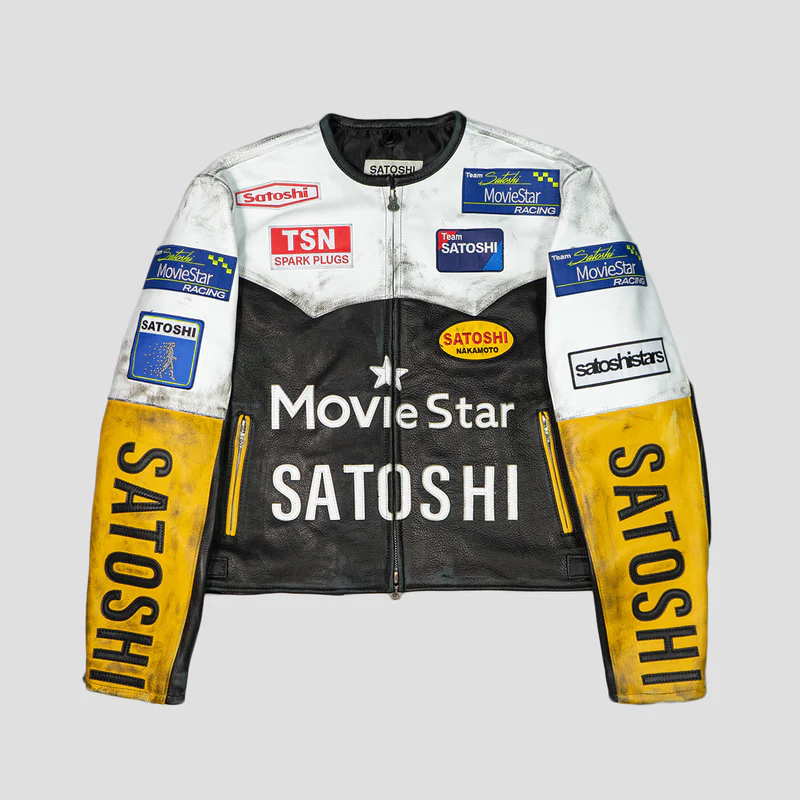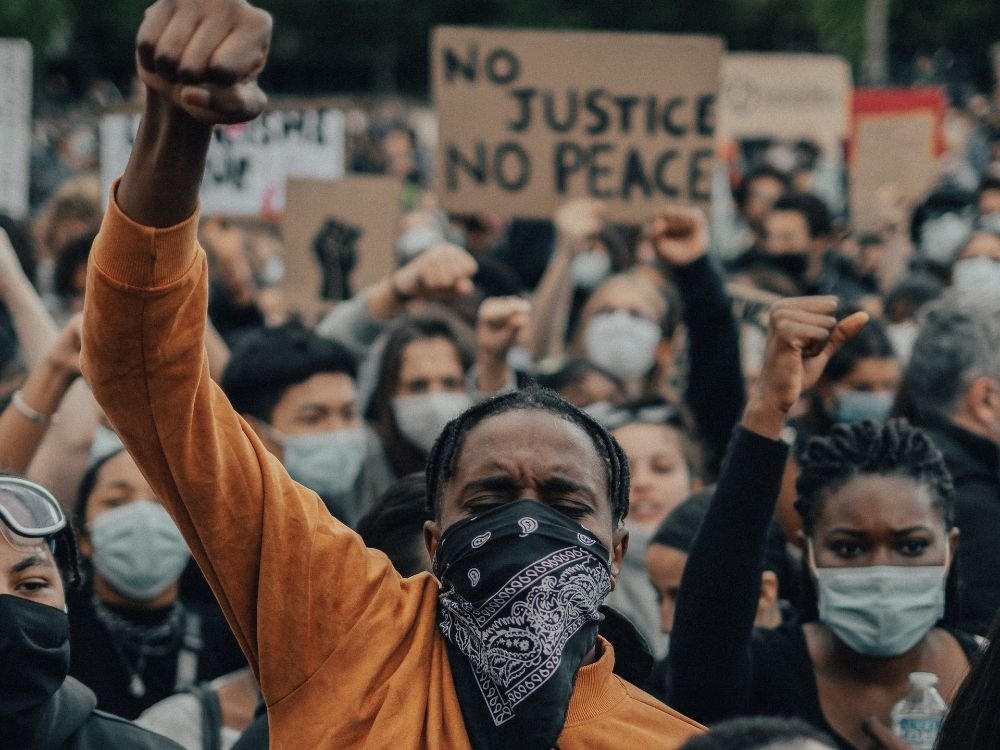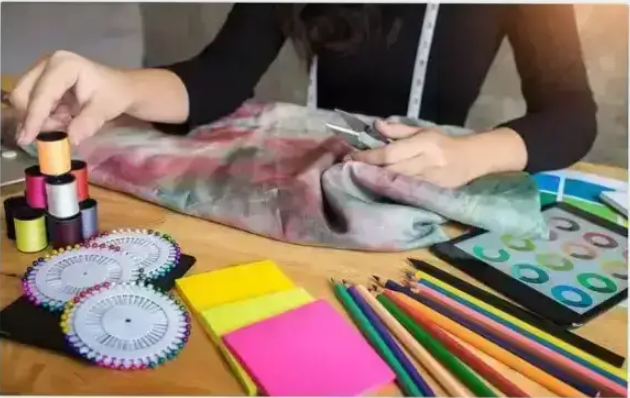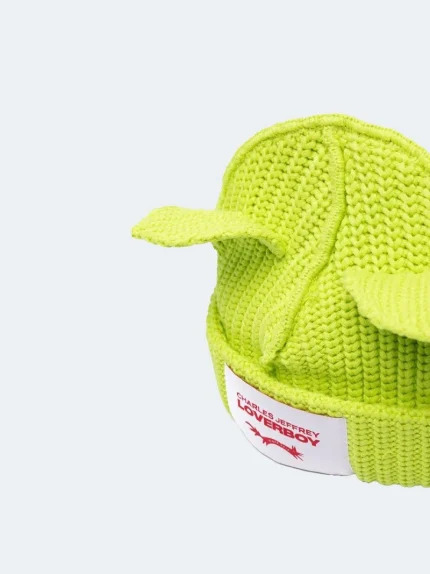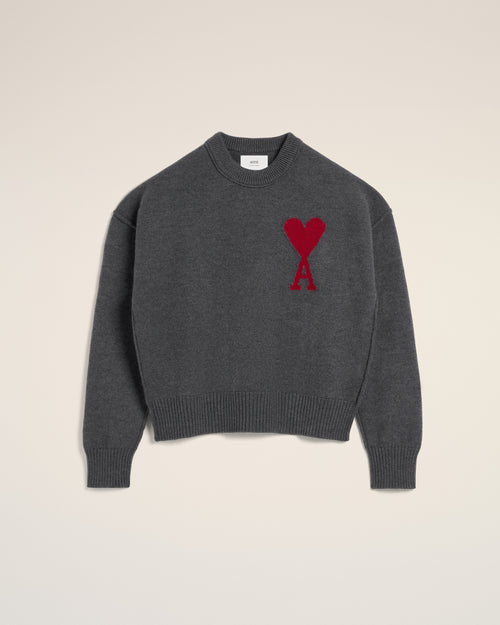In a world overflowing with fast fashion and fleeting trends, few accessories manage to command both attention and meaning like the Loverboy hat. More than just a piece of headwear, it’s a loud, unapologetic symbol of individuality, rebellion, and the evolving language of modern fashion. Whether seen perched atop the heads of underground artists or flaunted on high-fashion runways, the Loverboy hat is never just “worn”—it’s declared.
Let’s peel back the layers of this standout accessory and understand how a simple hat became a movement.
The Birth of a Statement: Charles Jeffrey and the Genesis of Loverboy
To truly understand the Loverboy hat, one must first enter the mind of Charles Jeffrey, the visionary Scottish designer and founder of the Loverboy brand. A Central Saint Martins graduate, Jeffrey didn’t just want to make clothes—he wanted to build a cultural space. His brand wasn’t born out of a desire to follow fashion norms but to disrupt them. Loverboy, with its avant-garde designs and gender-fluid expressions, started as a queer club night in London before evolving into a full-blown fashion label.
The hat—often a knit or felt piece with exaggerated horns or surreal shapes—was among the first pieces to truly symbolize the eccentricity and vision of the brand. It combined theatrical flair with unapologetic queerness, challenging ideas about beauty, gender, and what fashion should represent.
A Hat With Horns: Why the Loverboy Hat Stands Out
At first glance, the Loverboy hat feels almost whimsical, perhaps even childish. But that’s exactly the point—it defies seriousness, refusing to be pigeonholed into categories like “masculine,” “feminine,” “elegant,” or “utilitarian.” Its most iconic design features playful devil horns, sometimes oversized, sometimes subtle, but always bold. The horns aren’t just decoration—they’re a defiant middle finger to societal norms.
In fashion, accessories often serve as supporting elements. The Loverboy hat, however, demands the spotlight. It’s theatrical but deeply thoughtful. It’s cheeky, yet it carries weight. It blends art school experimentation with political subversion, creating a duality that resonates with those tired of fashion’s obsession with safety.
Fashion as Resistance: What the Loverboy Hat Symbolizes
To understand the deeper symbolism of the Loverboy hat, you need to recognize it as more than fabric and form. It’s a cultural cipher. For many, wearing the hat is a way to reject binary identities, to step outside of conformity, and to align with a fashion ethos that celebrates self-expression over trend-following.
In queer culture, fashion has always been a form of protest. From drag to ballroom to punk aesthetics, clothing becomes a method of surviving, resisting, and asserting identity. The Loverboy hat draws from this rich legacy. Its horns mock authority. Its shapes challenge passivity. It doesn’t whisper—it screams.
And yet, it’s not aggressive. It’s fun. It’s tongue-in-cheek. It’s playful chaos with a purpose.
Streetwear Meets Surrealism: A Collision of Worlds
What makes the Loverboy hat even more interesting is its ability to sit at the intersection of high fashion and streetwear. On one end, you have runway presentations featuring elaborately styled looks, genderless garments, and dramatic face paint. On the other, you see the Loverboy hat paired with cargo pants, vintage tees, and sneakers—a high-concept accessory in everyday life.
This ability to oscillate between worlds speaks to the hat’s power. It doesn’t belong to a single class, tribe, or social circle. It invites everyone in. Whether you’re a Gen Z streetwear devotee, a queer performance artist, or a punk revivalist, the Loverboy hat has room for your identity.
And let’s not forget the role of social media. Platforms like TikTok and Instagram helped propel the hat into viral territory. Its instantly recognizable silhouette makes it catnip for digital aesthetics and moodboard culture. The Loverboy hat isn’t just a fashion piece—it’s a digital icon.
Handmade with Meaning: Craftsmanship and Sustainability
Beyond its visual appeal, the Loverboy hat is a triumph of craftsmanship. Many of the most sought-after versions are hand-knitted, often by small artisans or in limited runs. This emphasis on handmade artistry gives the hat a tangible soul, a far cry from mass-produced accessories churned out by corporate giants.
Jeffrey’s commitment to sustainability and slow fashion also adds layers to the Loverboy narrative. By choosing quality materials and embracing traditional methods, the brand inherently resists the disposable nature of modern fashion. Each hat is not only a fashion statement but a celebration of labor, process, and intention.
Celebrity Approval: From the Club Scene to the Red Carpet
Part of what pushed the Loverboy hat into mainstream consciousness was its adoption by celebrities and influencers. Artists like Troye Sivan, Harry Styles, and Lil Nas X have either worn or nodded to the Loverboy aesthetic, bringing it into the limelight while preserving its underground spirit.
Unlike other fashion brands that lose their edge once adopted by the mainstream, Loverboy remains authentic. That’s because it doesn’t compromise. Even on red carpets or in magazine spreads, the hat retains its rebellious DNA. It doesn’t tone itself down for fame—it invites the world to catch up to its vision.
The Future of the Loverboy Hat: Icon in the Making
Fashion has always relied on icons: the Chanel tweed jacket, the Air Jordan sneaker, the Burberry trench. The Loverboy hat is well on its way to joining that pantheon—not because it conforms, but because it refuses to.
As Gen Z continues to rewrite the rules of identity, expression, and style, pieces like the Loverboy hat become more than accessories—they become tools of self-definition. And with Charles Jeffrey at the helm, constantly evolving the brand’s mission and visuals, the hat is unlikely to fade into obscurity.
What we’re witnessing isn’t just the life cycle of a trend. We’re watching the rise of a new fashion language, one where emotion, rebellion, and queerness are stitched directly into every fiber.
Conclusion: Wear It Loud, Wear It Proud
To wear a Loverboy hat is to make a choice. It’s to say, “I don’t need your labels.” It’s to embrace whimsy and chaos as forms of beauty. It’s to understand that fashion can be art, resistance, and identity all at once.
The Loverboy hat isn’t trying to fit in. It was born to stand out. And in a world desperately craving authenticity, that might just be its most radical feature.
